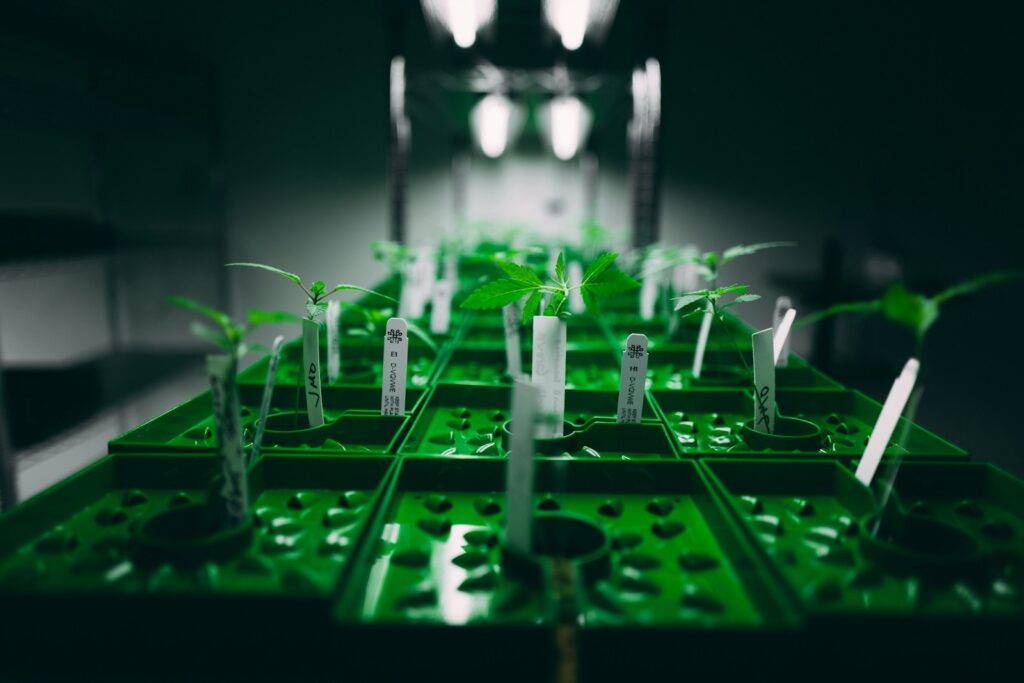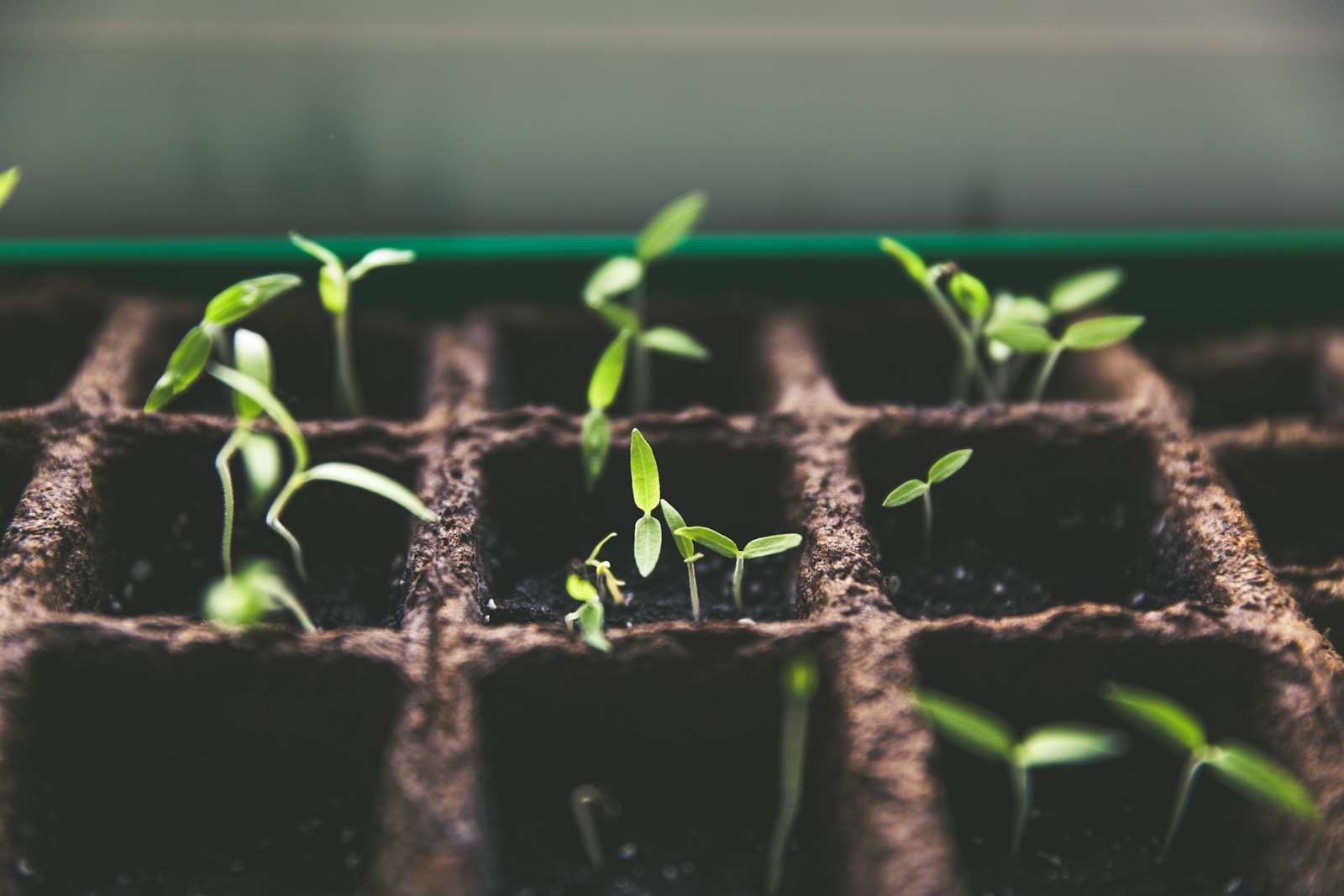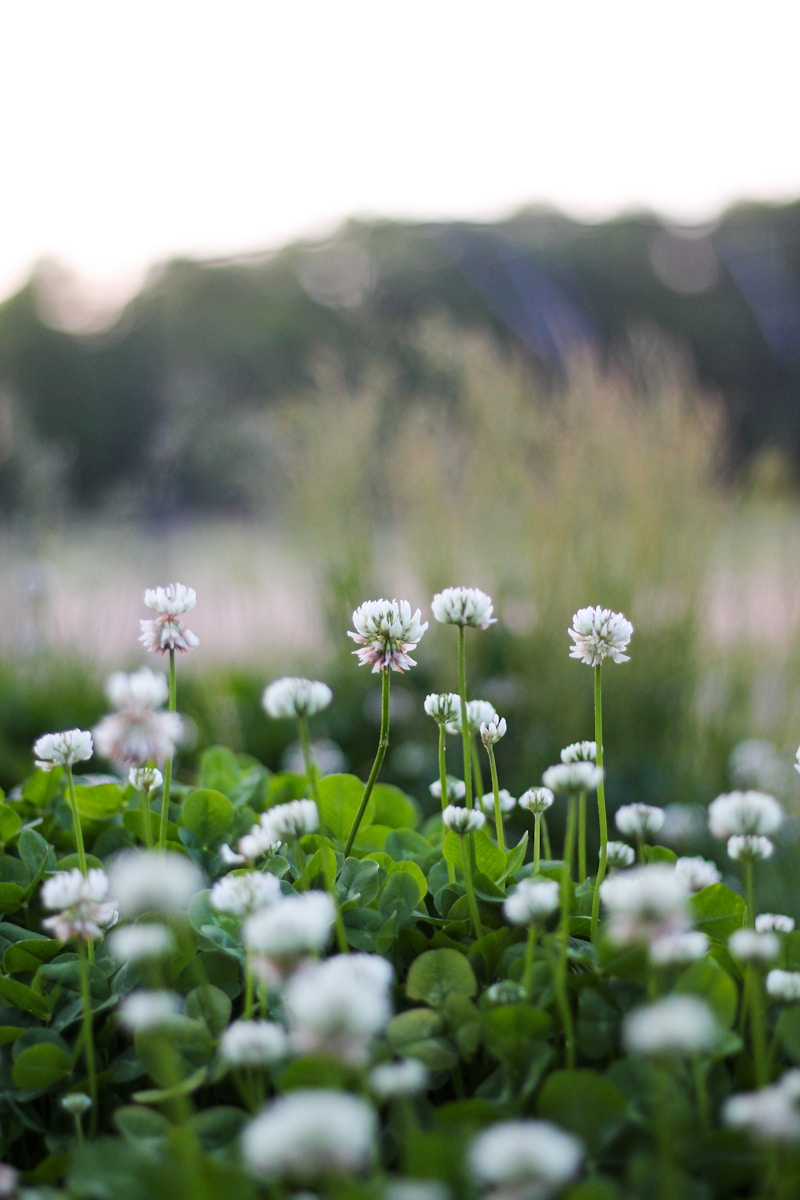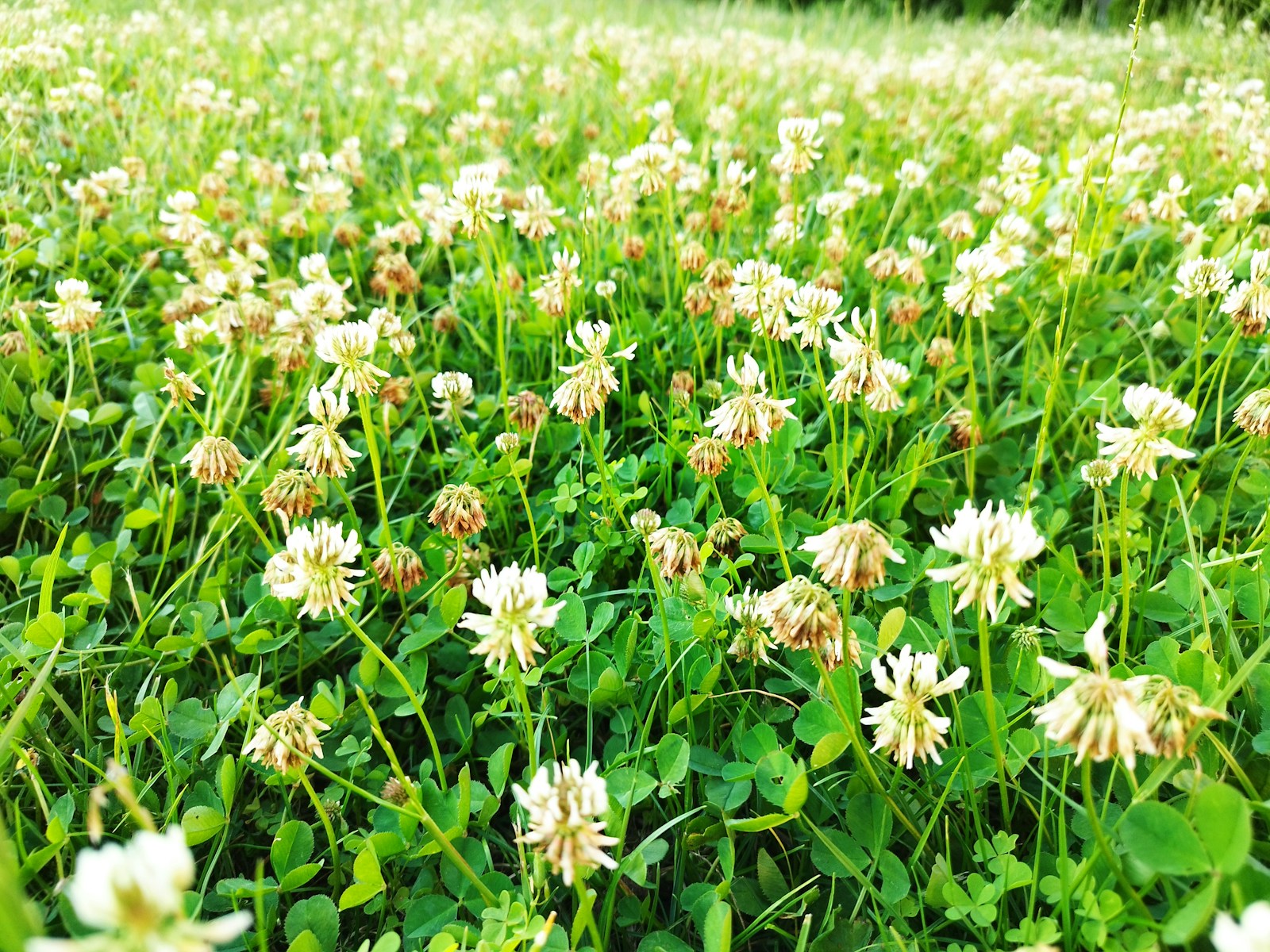Dear Seasoned Spade,
Every year, I get so excited for spring that I start my seeds way too early, and by the time it’s warm enough outside, my tomato seedlings have practically taken over my kitchen. When should I actually start my seeds so I don’t end up living in a jungle? Thanks in advance!
Impatiently Sprouting in Des Moines
Ah, Impatiently Sprouting, I feel your pain. The thrill of those first green shoots is intoxicating, and before you know it, your windowsills are crowded with spindly plants clinging to life like teenagers cramming for finals. So let’s break it down before your kitchen turns into a scene from Jumanji.
When Timing Goes Wrong
Starting seeds too early is like showing up to a party before the host has even showered—awkward, unnecessary, and a little desperate. Sure, your enthusiasm is admirable, but those seedlings won’t be any more ready for the outdoors than you were for adult responsibilities at 18. On the flip side, waiting too long means your plants might not have enough time to grow strong before it’s go-time. The result? Scrawny, underdeveloped plants that make you question all your life choices.
How to Get It Right
First things first—find your last frost date. No, not your best guess based on when you saw your neighbor wearing shorts, but an actual, scientific estimate. A quick search online (or asking the nearest farmer) will give you the date that’s most likely to crush your spring dreams if you jump the gun.
Once you have that date, check your seed packets. They’ll tell you exactly how many weeks before the frost date you should start indoors. Tomatoes and peppers usually need about 6-8 weeks, while fast growers like cucumbers and squash can wait until 3-4 weeks out. Think of it like meal prep—some things take longer, and some just need a quick zap in the microwave.
Another pro tip: stagger your starts. Instead of planting every seed at once like a rookie, try spacing them out over a couple of weeks. This way, if you mess up (and you probably will), you’ll have backup plants ready to go.
And let’s talk about light—because without enough of it, your seedlings will stretch out thinner than your patience at the end of winter. Invest in a grow light unless you have a south-facing window with all-day sun. Trust me, your plants will thank you.

Keep Calm and Garden On
Look, gardening is all about learning from your mistakes—so don’t beat yourself up if your timing isn’t perfect this year. Even seasoned pros end up with leggy tomatoes or stunted peppers from time to time. Just take notes, adjust next year, and remember: plants, like people, have their own pace.
So relax, follow the seed packet guidelines, and try to resist the urge to start everything in February. Your future self (and your kitchen countertops) will thank you.
Seasonedly yours,
The Seasoned Spade



